E3 2014 Hardware Wrap-up: Virtual Reality and Beyond
Play hard.
This year's E3 seemed to be all about the games, but if you look through the cracks, you'll also see a lot of interesting hardware that found its way to the show. Virtual reality devices and demos continue to charge ahead into the proposed "future of gaming," Sony delivered small (literally and figuratively) hardware announcements that mean big things for PlayStation fans, and Razer made a splash with a few devices that fall outside of its usual product lines
Here are some of the most interesting hardware-related announcements and demos from E3 2014.
Sony - Glacier White PlayStation 4
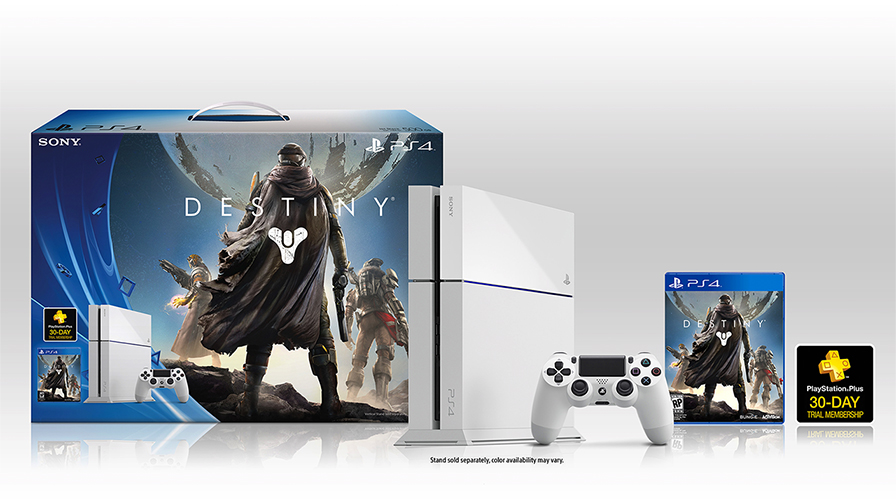
Bungie's Destiny was on a lot of people's minds leading up to E3, and Sony capitalized on the hype by revealing exclusive in-game content for PlayStation users, as wells as teasing a "glacier white" PlayStation 4 that will only be sold in a bundle with the sc-fi MMO for $450, giving Destiny fans who haven't made the next-gen jump another enticing reason to consider joining team Sony. In practical terms, it's the same console as the standard black PlayStation 4, but the brilliant white chassis is eye-catching, and given its exclusivity, it's a tempting proposition.
Sony - PlayStation TV
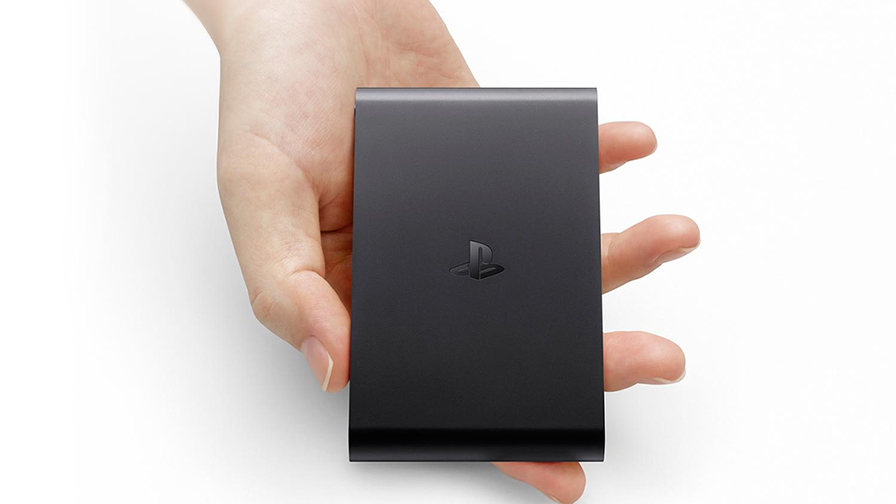
Given that we haven't heard a lot about the PlayStation TV in months, it came as a bit of a surprise when Sony announced at E3 that the PlayStation TV would be coming to North America this fall. Since it's a Remote Play client that allows you to stream PlayStation 4 content to your TV over your home network, it's a great option for PlayStation 4 owners. But even if you don't own a PlayStation 4, the PlayStation TV can act as a client device for Sony's cloud-based PlayStation Now service, which will let you stream and play PlayStation, PlayStation 2, and PlayStation 3 games over the Internet. Of course, it also allows you to play PlayStation Vita games on your TV. It won't support the entire Vita library at launch considering that some games rely on the handheld Vita's touchscreen functionality, but Sony is currently working on creative solutions for problematic games.
Sony - Project Morpheus
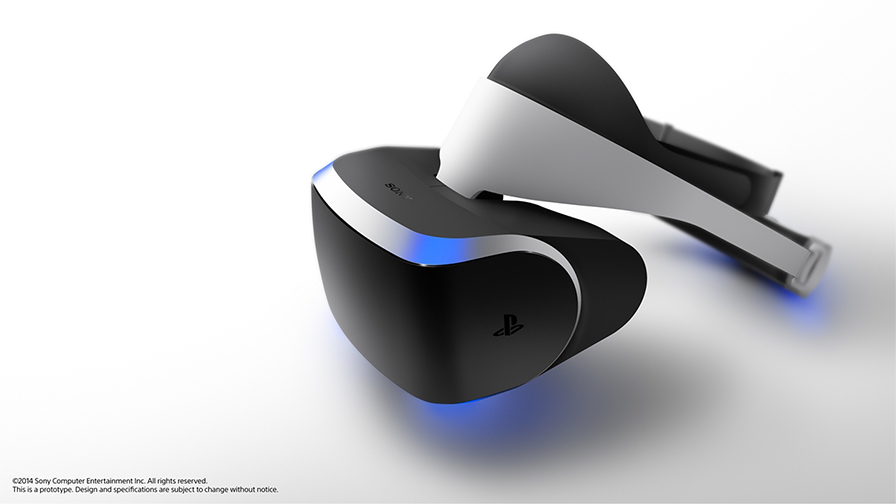
It was expected of Sony to unveil its prototype virtual reality headset, Project Morpheus, during the Game Developers Conference in March, but it's a bit surprising to see how committed it is to moving forward with the device as quickly as possible. Though the Morpheus at E3 may look the same as the one from March, the unit that was used during demos on the show floor is the first official Morpheus development unit; what we saw at GDC was the prototype development unit. Sony also made a point to emphasize Morpheus during its E3 press conference, solidifying the notion that it's serious about competing in the VR market and that Morpheus is an important part of its strategy for the PlayStation 4.
Oculus - Rift
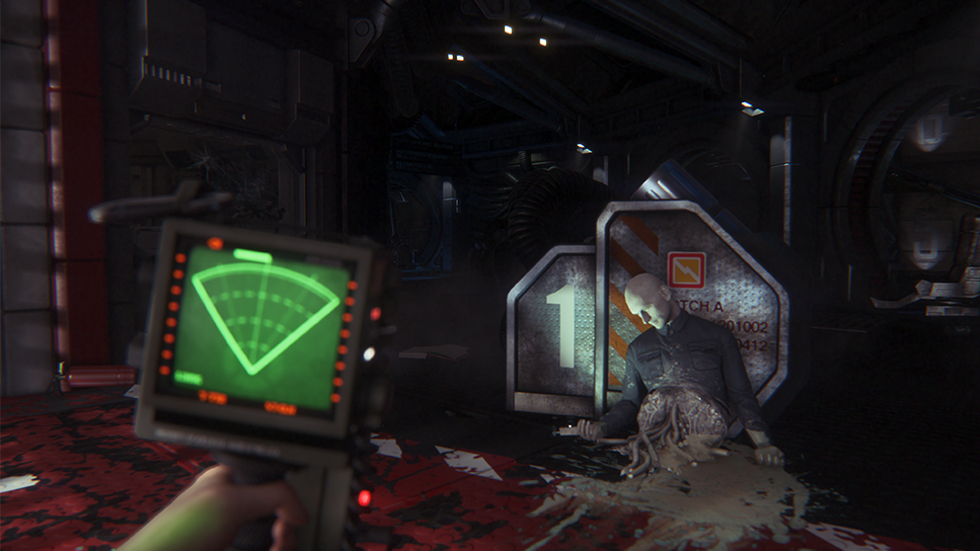
Oculus brought its Rift headset to the E3 show floor, but not much has changed since the Facebook-owned company announced the DK2 (Development Kit 2) model at GDC last March. Rather than reveal a new hardware revision, Oculus brought new games and experiences to E3 to continue its charge to demonstrate the merits of VR. One was Lucky's Tale, a third-person platformer with a cutesy bent and a few Oculus-specific mechanics, but the other two demos offered the most excitement for virtual explorers.
Super Hot, a first-person shooter where time moves only when you move, brought virtual gunfights to life by emphasizing the sound of bullets whizzing by your ears in a Matrix-like, slow-motion experience.
Creative Assembly's Alien: Isolation was demoed as well, allowing you to play virtual hide-and-seek with a seething xenomorph (a violent, toothy alien) inside of a derelict space station. The Rift experience drives home the sense of fear associated with outsmarting a murderous creature in a haunting, abandoned setting, which may not be everyone's cup of tea, but it's evidence of the range of experiences that can be heightened through VR.
Control VR
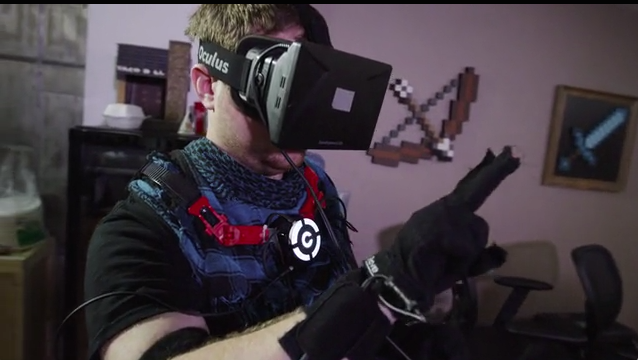
When you think of the hardware that's required to experience VR, you immediately think of headsets like the Rift and Morpheus, but headsets alone don't satisfy every requirement for true immersion. Believing in what you see only flies until the moment your actual and virtual movements don't sync up. This is why a product like Control VR is so valuable. It's a conglomeration of hardware, including a harness, armbands, and gloves, that uses tiny proximity sensors to track your arm, hand, and fingers. It then applies your movements in the real world to your in-game avatar, which opens up exciting possibilities for virtual interaction.
Granted, the current iteration of Control VR isn't the final solution when it comes to avatar body mapping--it's early days for the team, and there's a whole other half of the human body to account for--but it's a great first step toward more-immersive VR experiences. Plus, you get to look like Iron Man while it's equipped.
Razer - Nabu Smartband
Razer continues to tread new ground, this time with a new "smart band" that works as a stand-alone device that provides basic fitness band-like functionality, but it can also be synced with smartphones to access features like text messages, caller ID, social media updates, and Google Maps directions. Given Razer's affinity for gaming, there's a chance the Nabu may play well with games that support phone and tablet integration down the road. Razer is also proudly touting the Nabu's ability to seamlessly share data between users. All it takes is a simple handshake.
Razer/NZXT - "Designed by Razer" H440 Mid-Tower Case
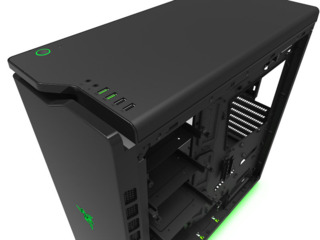
In what is the first of many proposed computer components bearing the Razer touch, "Designed by Razer" NZXT's H440 mid-tower case was given a new coat of paint, custom lighting, and a tinted side panel to court the Razer loyal among us.
The H440 offers plenty of fans for ventilation, including three 120mm fans and one 140mm fan, support for a wide range of water cooling solutions, and lots of ducts and crevices in order to maximize cable management. The Razer branded variant is a bit pricey at $150, which is $30 more than the retail price of the standard H440, which also comes in a variety of different colors.
Got a news tip or want to contact us directly? Email news@gamespot.com
Join the conversation